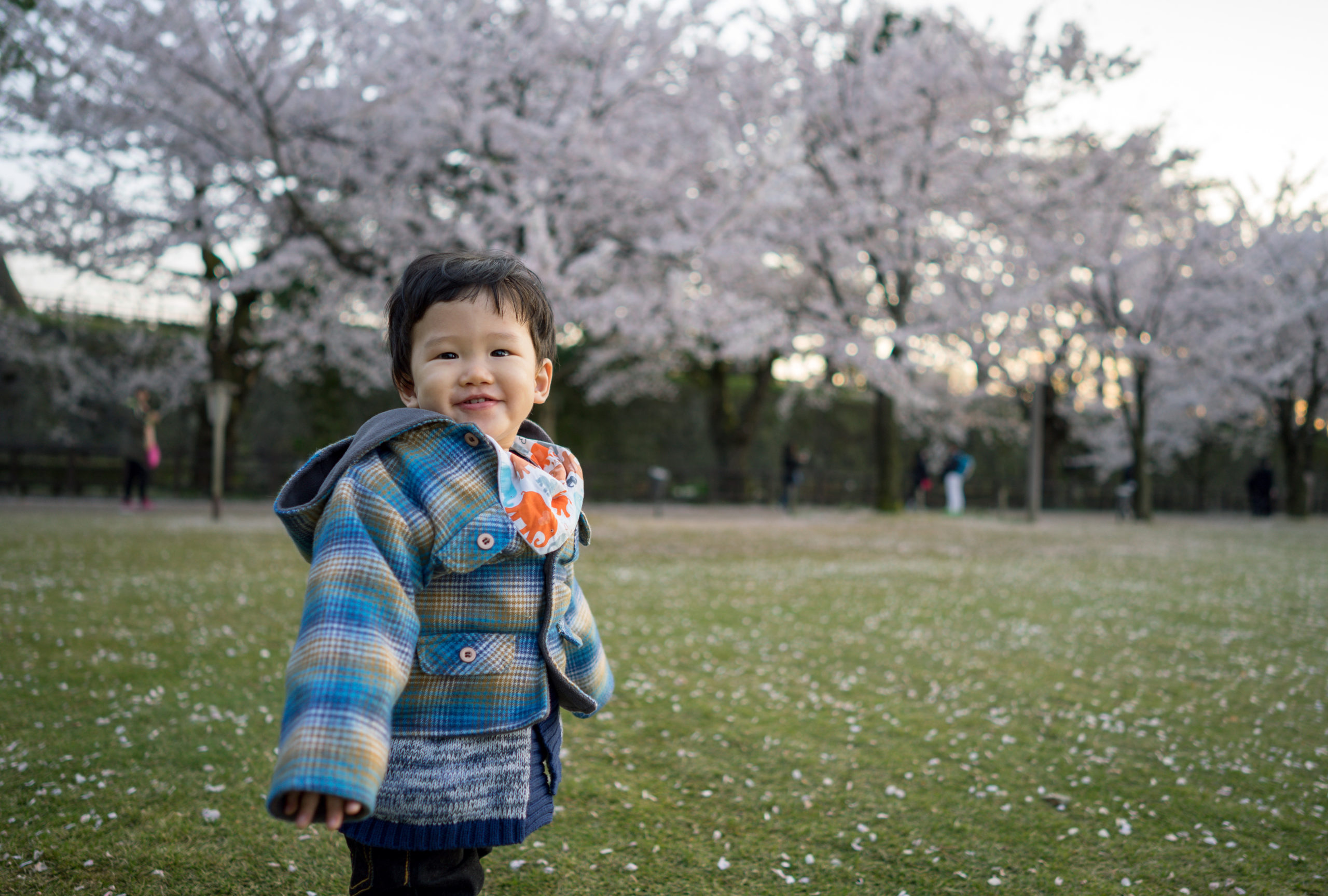Know how to help prevent bronchiolitis and how to treat this prevalent winter illness before it strikes.
It started off as just a runny nose, then maybe a little cough, but then our son began displaying the classic symptoms of bronchiolitis. His breathing was faster than usual, his stomach muscles were pulling in, and he sounded coarse, like a washing machine, with an occasional wheeze thrown in.
Bronchiolitis is triggered by a viral infection, most commonly RSV (short for respiratory syncytial virus), causing inflammation and mucous to plug in the small tubes – the bronchioles – of a child’s airway. It typically affects children younger than 2 and is all too common in the winter months. Children will display some degree of difficulty breathing. This can be fast breathing, retractions (pulling in with the muscles in their chest and stomach), and wheezing – just like my son.
Make sure you discuss your case with your pediatrician, but most children can recover from bronchiolitis at home. Symptoms can worsen sometime between days 3-4 of the illness but should subside within 2 weeks. You can offer supportive care at home by encouraging fluids, bulb-suctioning the nose as needed, using a humidifier in the child’s room, and giving plenty of extra cuddles. Expect some fevers at the beginning of the illness, but if symptoms continue for longer than 5 days, or return after they have subsided, make sure to see your pediatrician again.
A small subset of children will need to be hospitalized. Children with bronchiolitis are generally admitted for two reasons:
- Difficulty breathing that causes significant respiratory distress, long pauses in breathing or low levels of oxygen in the blood. These children might need to be monitored in the hospital and given oxygen and respiratory assistance to help support them as their bodies fight off the illness.
- Dehydration. Often, young children with bronchiolitis may not want to eat or may find eating difficult, both of which can lead to dehydration. They might need to be placed on IV fluids or nutrition through feeding tube until they are able to drink on their own.
There is no vaccination to prevent bronchiolitis but there are some things you can do to help prevent it. Encourage frequent handwashing in your home, remind older siblings to cover their noses and mouths while sneezing or coughing, and provide a smoke-free environment.
The biggest thing to do if your child gets sick with bronchiolitis is what you always do when your child feels unwell. Provide extra attention and love and remember that in time, things will get better.
Maya Neeley, M.D., is a board-certified pediatrician specializing in hospital medicine at Monroe Carell Jr. Children’s Hospital at Vanderbilt. She adores her husband and four young boys and loves spending time with family and good friends. As a child, she always dreamed of becoming a children’s book illustrator but for now she just dreams of getting a good night’s sleep.

